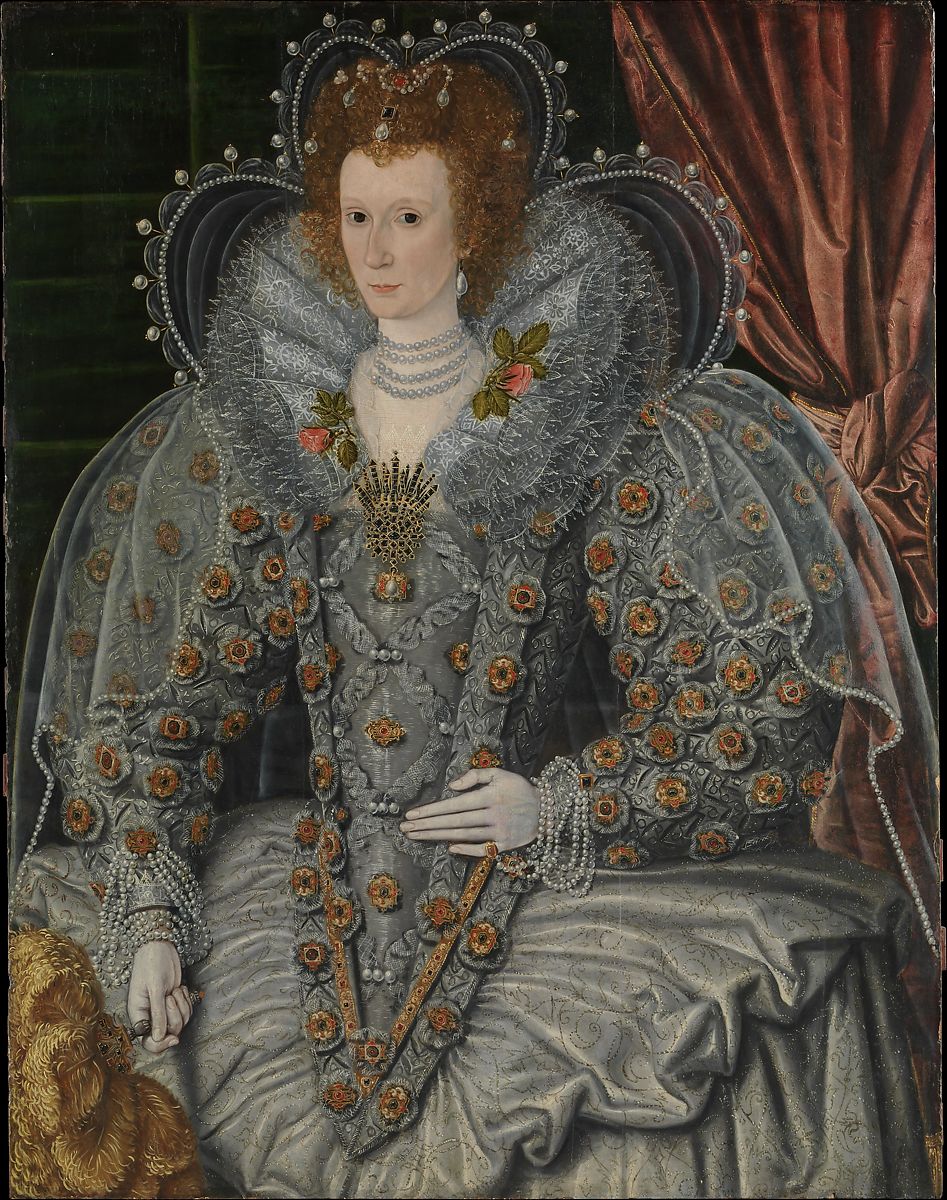The Mystery of Suspense Writing
Charlene Bell Dietz
It was a warm, summer night in Wyoming, many years ago.

Someone coughed outside the kitchen window. The short, cut-off cough, like a cough not wanting to be heard, caused me to glance up from my book. The sun, long set, made seeing outside, while inside, impossible. A mystery here.I like mysteries, but I tightened the hold on my book of Edgar Allen Poe stories. More crunching-gravel sounds turned my knuckles white. All my hearing cells stood on alert. Nothing much made me nervous, but tonight at age seventeen, before cell phones, I’m alone with the doors unlocked, windows open, and a mile from our neighbors in the town of Lander. My parents went to an out-of-town convention. Suspense grows.

Hitchcock used what he called the “The Kuleshov Effect”, first coined by Lev Kuleshov. This technique has characters ogle, and often the camera then switches to those being ogled: think Rear Window. This sends chills up my spine because who doesn’t fear being watched at night through a window?
That long-ago night, as chills tickled my spine, I wonder if someone’s “ogling” me. Our house is off a lane about a quarter of a mile from one of the main highways to Yellowstone. The town has a population of 3,000 or so. Everyone knows everyone. However, streets, shops, and backroads to the wilderness become crowded in spring, summer, and fall because hordes of tourists descend on our little community nestled in the foothills of the Windriver Mountains.
Tonight’s intruder might be a harmless, late-returner to the reservation. The Washakie and Shoshoni reservations are fifteen miles north of our place. On occasion, we come home to find one of the tribes’ members asleep in our living room. No one locks doors in this life. We really don’t mind. Afterall, it’s an exhausting uphill walk to the reservations. Usually, when this happens the spouse trudges into town, reclaims the buckboard wagon and horse, and drives home. Her mate can stay as long as he wants in the local tavern, but he’ll have to find his own way home.
Yet, tonight, one of the summer strangers could be roaming the area.
According to Hitchcock, Indy Film Hustle, November 2002, my story here wouldn’t make a good suspense movie because I haven’t made the public aware of what’s possible. He states the writer must first give the readers a wide view of possibilities, which will raise the reader’s concern level. To create suspense, you must create anticipation. Anticipation requires knowledge of what could happen over time. Remember Chekov’s over the mantle rifle theory? Early on, the reader will anticipate the gun will play an essential part in the story.
In Writer’s Digest University, May 2010, William Cane analyzed how Stephen King creates suspense. Cane narrows King’s strategies to three stages: first the reader learns about something that might be a problem. Maybe it’s the obvious, like that of Chekov’s gun or something vaguer. The second stage requires a call back, re-visiting of the first. The final stage happens when the unknown is revealed and action takes place.

For my scenario to become a full-blown suspense story, I would need to foreshadow this possible danger and then revisit it like a buzzing fly. The reader could encounter this danger in different ways—another glance, a sound, a warning by someone—whatever the author’s imagination can contrive. In the Shining, King used a room in the hotel to add suspense. The psychic cook tells the young boy, Danny, there’s nothing scary about room 237, but he continues to tell Danny he has no business going in there. He reminds the boy to stay out of that room. The boy passes the room and looks at it at times. This is a type of call-back which reminds the reader/viewer that there’s something amiss with the room.
Opinionator of the New York Times in December 2022, asked Lee Childs how he created suspense, and he said the answer to the question is like asking, “How do you bake a cake?” A better question is how do you “Make your family hungry, make your reader wait for something.” Lee Childs says the art of creating suspense happens when you “Teach your readers to stick around with little questions in their minds for which they long to know the answers.”
Another reason why my little tale doesn’t qualify as a suspense story: the reader has only one concern—what’s making the noise outside the window? A good suspense mystery gives the readers abundant questions, which the author keeps reminding them of, and then they wait to learn the answers.
Simon Wood listed some of his suspense tips for Writer’s Digest in July 2008. He believes multiple view points have an advantage because the reader can get into the head of the protagonist and the antagonist. Also, the author must create equally strong characters in these rolls. After all, your villain should not easily be defeated. Wood suggests if your readers have a ringside view of all the actions, they’ll know the villain’s dastardly plans before your hero does. You’ve given readers a sense of power, and upped their level of concern.
Wood and other masters of suspense suggest adding time constraints. Remember the old story about two people talking at a table with a bomb under it? If the reader doesn’t know about the bomb, there is no concern—just a loud, murderous surprise. If the reader does know about the bomb, the reader worries about the time limit. Since the reader can’t control the events, you—the author—have raised the reader’s anxiety level. That creates suspense. No matter how much stress your characters undergo, Wood says the only one who feels helpless is your reader.
Wood reminds us suspense loves dilemma. Everyone loves a win-win situation, but when faced with a lose-lose situation, they find themselves in a quandary. The antagonist will have no issues overstepping lines. The protagonist, by nature, will have a moral compass. For example: how does a mother choose to save one child’s life at the expense of letting her other child die? With the reader helpless, the suspense builds because they have to wait to learn how this will be resolved.
A page-turning suspense story must be unpredictable. Look at your own life. Often events don’t go as planned. Our real world is full of unintended consequences, pleasant ones or not so much. If a book is predictable, why bother to read it?
How does the seventeen-year-old me, in the first two paragraphs of this article, react? As with the first of three of King’s strategies, something that might be a problem has been identified. Yet, there are no call-backs or re visitations to this potential mystery.
If you knew the minds of the protagonist and the antagonist of this little story, as Wood suggests, you would be able to make informed guesses. Is the protagonist a sharp shooter, or is she concerned about humanity? Will she invite the intruder in for something to eat? Is the antagonist a serial killer, or maybe just a person who cons others? Hitchcock suggests that readers’ levels of concern will be higher if they are given this wider view of possibilities.
Should this high school student turn on the porch light and look outside? Is that equivalent to the dark, scary house with a noise in the attic, and one of the teens decides to take a flashlight and go investigate? This causes readers to yell, “No-no! Don’t be stupid!”
Here’s what happened: I called my best friend and asked if I could spend the night at her house, then I called the local police. I told them what I was worried about and asked if they’d escort me to my friend’s home. Within minutes they drove up, jumped out of their patrol car, with their sidearms at the ready, and . . ..
Well, this doesn’t qualify as even a good story because, it’s predictable and the protagonist called for someone to come rescue her. We come to King’s third strategy: the moment of truth and action. First, let’s look at what’s in the antagonist’s mind. I’m certain it couldn’t have been more than, “Yeah, that grass looks a whole bunch greener than what the rest of the herd is eating at our place.” The only action that took place was calling the neighboring rancher and letting him know his fence was down, and his cow was eating our lawn.
A page-turning suspense story needs to be unpredictable, give the reader a wide view of possibilities, remind the reader over again of a likely bad situation, then make the reader wait in anticipation. As Simon Wood said, “Suspense writing is all about creating a pressure cooker with no relief valve. You have to keep turning up the heat using multiple burners.”
Now let me ask, do you have an equivalent to Room 237 in your mystery?
Connect with Charlene Bell Dietz:
https://www.facebook.com/charlene.dietz.9
Novels by Charlene Bell Dietz:
The Flapper, the Scientist, and the Saboteur, Winner NM/AZ Book Awards, Kirkus Reviews Starred Review and named to Kirkus Reviews’ Best Books of 2018
The Flapper, the Impostor, and the Stalker, Finalist NM/AZ Book Awards, Kirkus Reviews Starred Review and named to Kirkus Reviews’ Best Books of 2018
The Scientist, the Psychic, and the Nut, Kirkus Reviews, Public Safety Writers Award Winner,
The Spinster, the Rebel, and the Governor, Kirkus Reviews, 1st Place New Mexico Press Women,


 distinguished from their servants. Men and women dressed in pieces of clothing–many different interchangeable parts. They could change sleeves, stomachers, collars, bodices, and other items for a different appearance for different occasions.
distinguished from their servants. Men and women dressed in pieces of clothing–many different interchangeable parts. They could change sleeves, stomachers, collars, bodices, and other items for a different appearance for different occasions.



